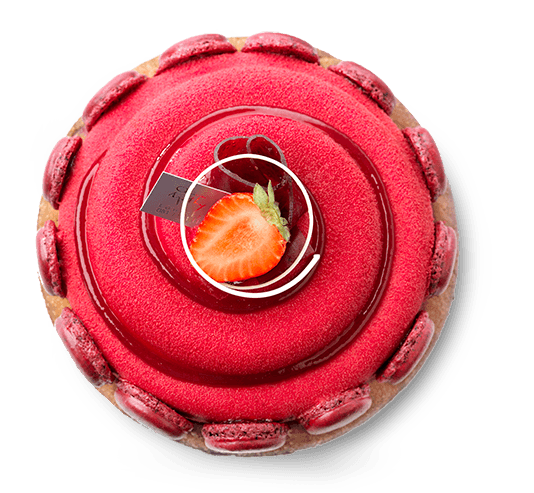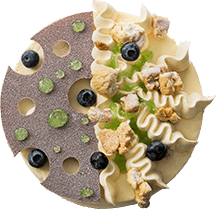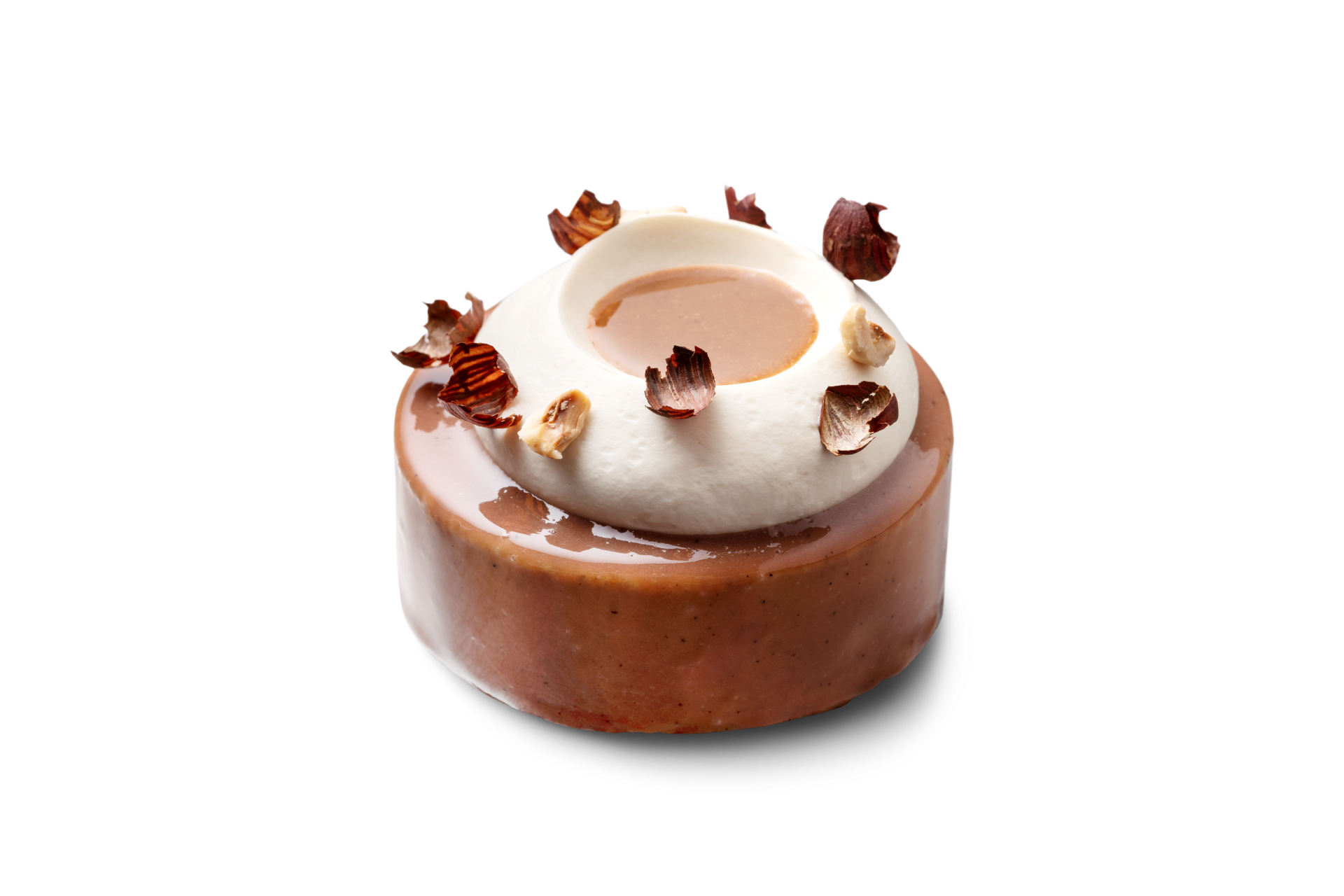How do you measure overrun?
When whipping cream, the aim is to end up with a large bowl of stiff cream that looks perfect and stays stiff - even a few hours after it has been whipped and even after it has been used in dishes or mixed, for example, with alcohol or fruit. But how do you determine the ideal cream overrun?
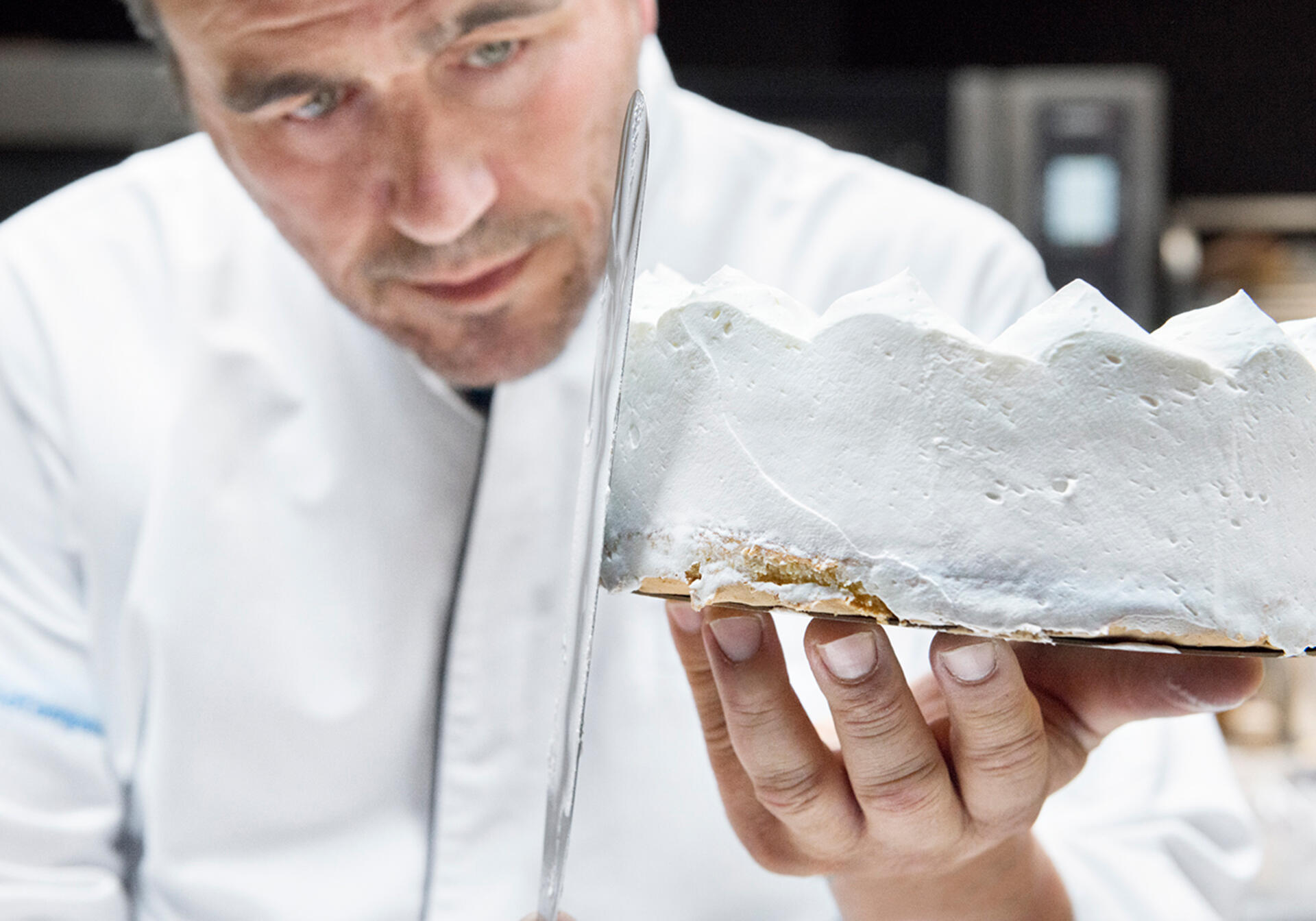
Cream is made from milk. Ten litres of full-cream milk yield one litre of cream after centrifugation. The cream contains at least 20% fat. Because cream is an ideal breeding place for different sorts of micro-organisms, it undergoes various heat treatments before, during and after the production process. Pasteurisation, sterilisation and ultra-high temperature (UHT) prevent the growth of micro-organisms. To preserve the unique taste of cream as well as possible, Debic mainly uses the UHT method.
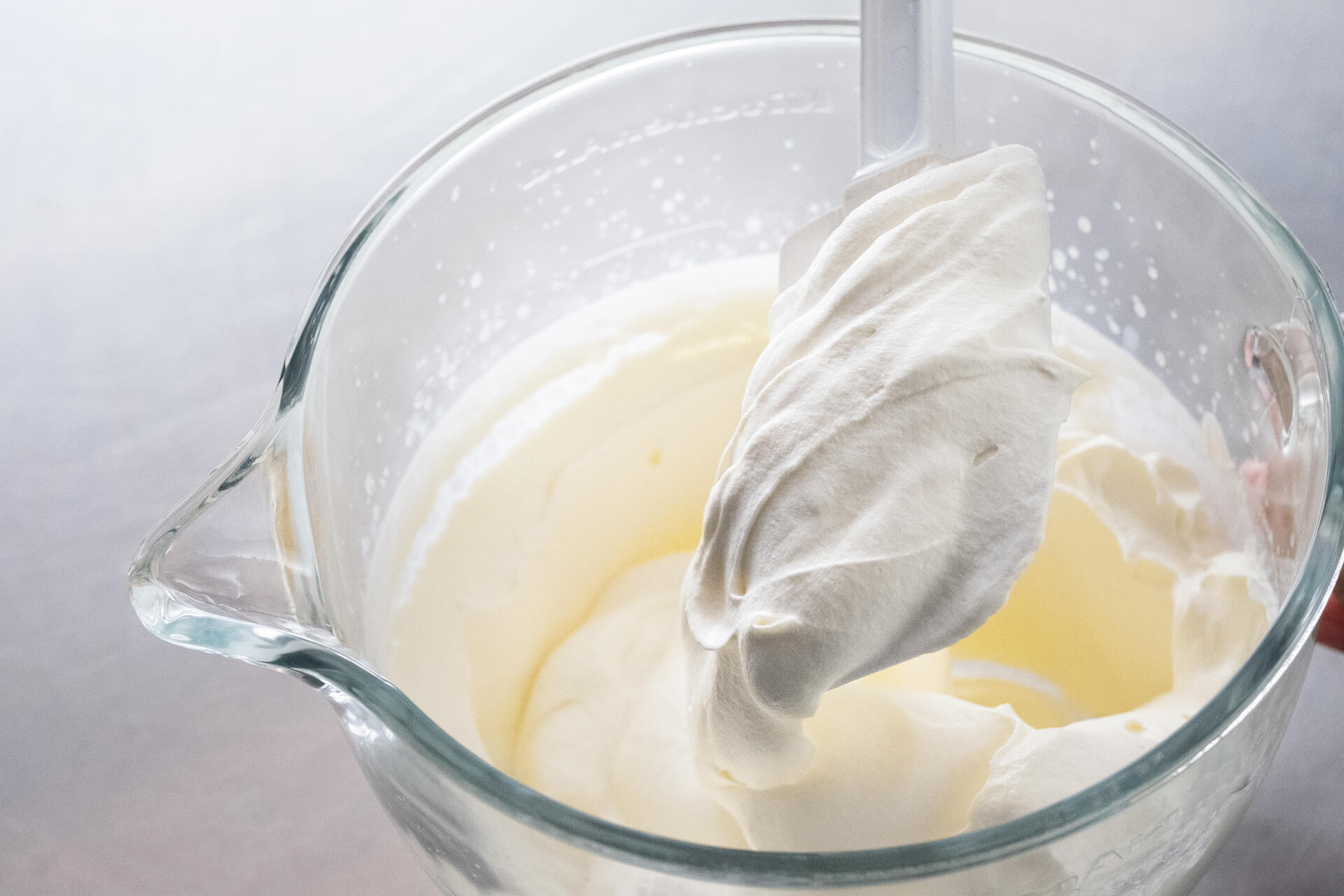
During UHT treatment, cream is heated quickly to 137°C, so that diseases and unwanted bacteria don’t have the slightest chance of surviving. This high temperature is maintained for six seconds in order not to lose any of the taste, the aroma or the nutritional value. UHT treatment also guarantees a significantly longer shelf life of about four months. By comparison: pasteurised products have a lifespan of around four weeks.
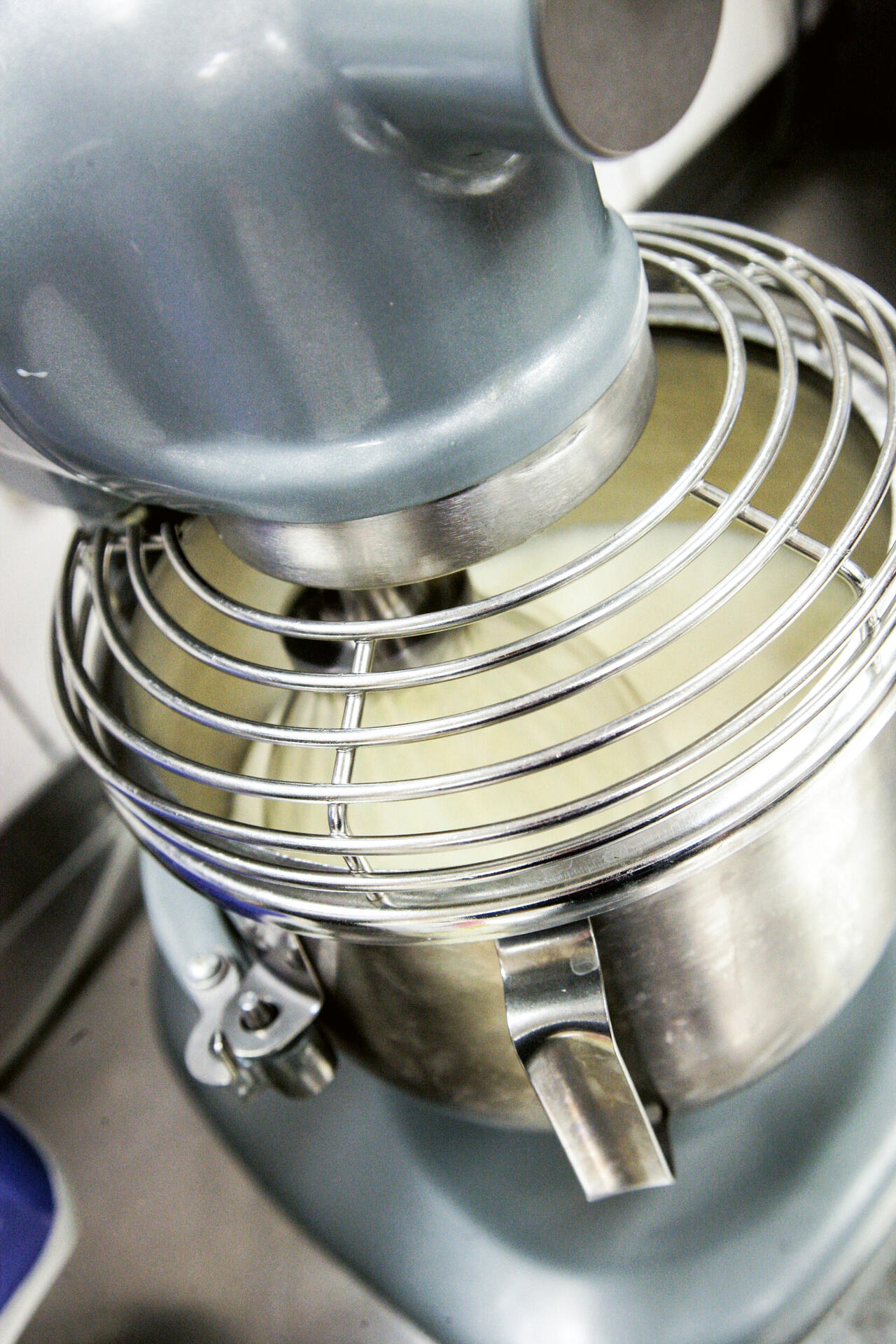
The reason why we can whip cream and not milk is to do with the high fat content of cream. When we look at whipping cream under a microscope, we are able to distinguish three different components: air bubbles, little balls of fat and milk serum. Whipping air into cream with a whisk creates air bubbles of various sizes in the liquid cream. The whipping movement damages the fat membranes. The soft butter fat crystals that are released as a result settle around the air bubbles, creating a tiny butter oil network. After a while, an almost seamless layer of butter oil sticks to the sides of each air bubble. These are interconnected by free fat and together form a fat structure which gives whipping cream its stiffness and taste.
Whipping tips
So whipping cream is all about beating air into it. The most popular machine used for this is the planetary mixer. Make sure that the bowl and the attachment are clean and preferably cold. Whip the cream at medium speed so that the air bubbles are evenly spread throughout the liquid mixture. Do not use the highest speed – this causes too many large air bubbles. These are seldom fully encased with butter fat and after a while they start to collapse one by one, resulting in unstable whipped cream. For the best result, always store whipping cream, mixes and plant-based cream alternatives at a temperature between 2°C and 7°C
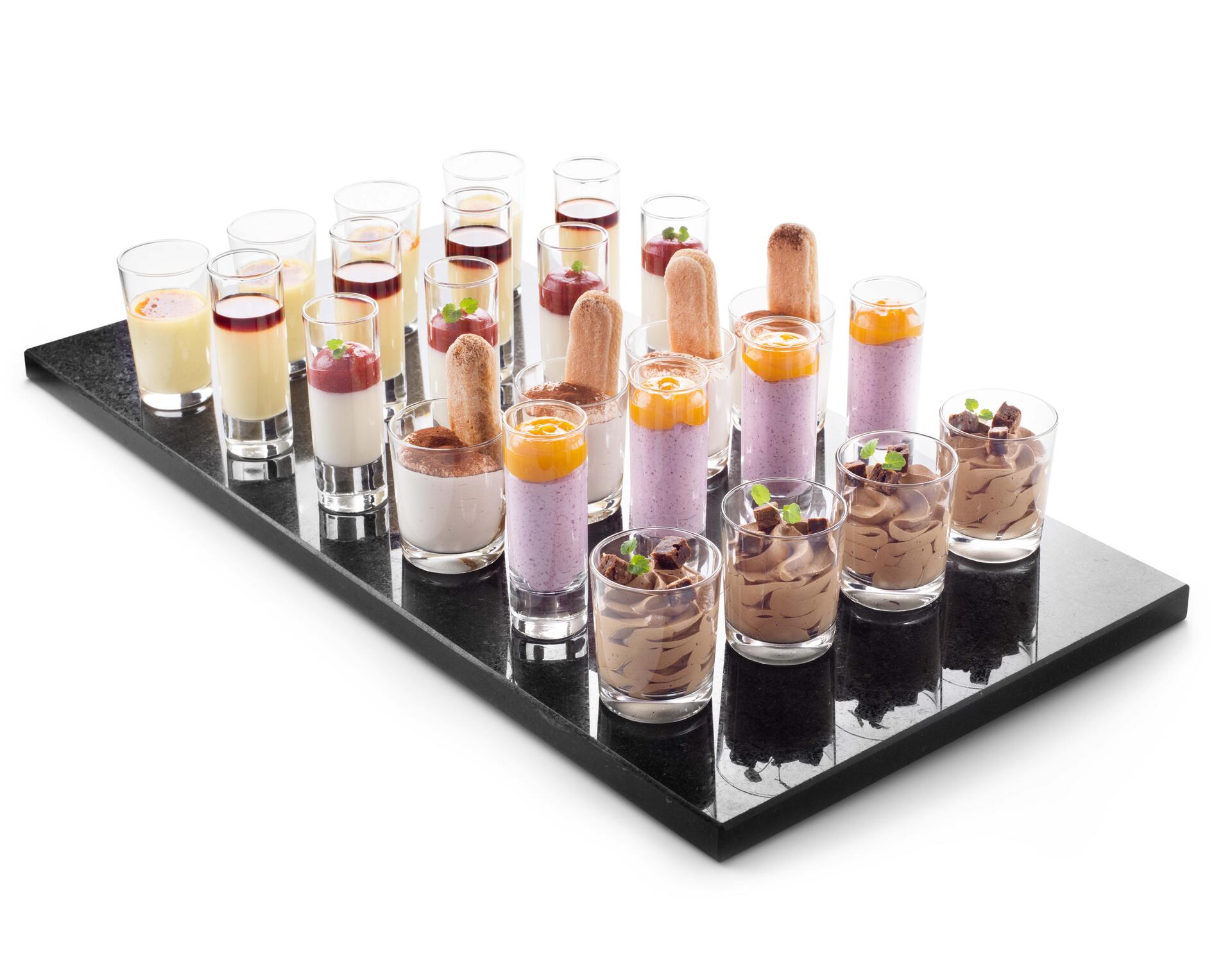
Read our article about how to make the perfect last impression on guests with mini desserts!
Discover more